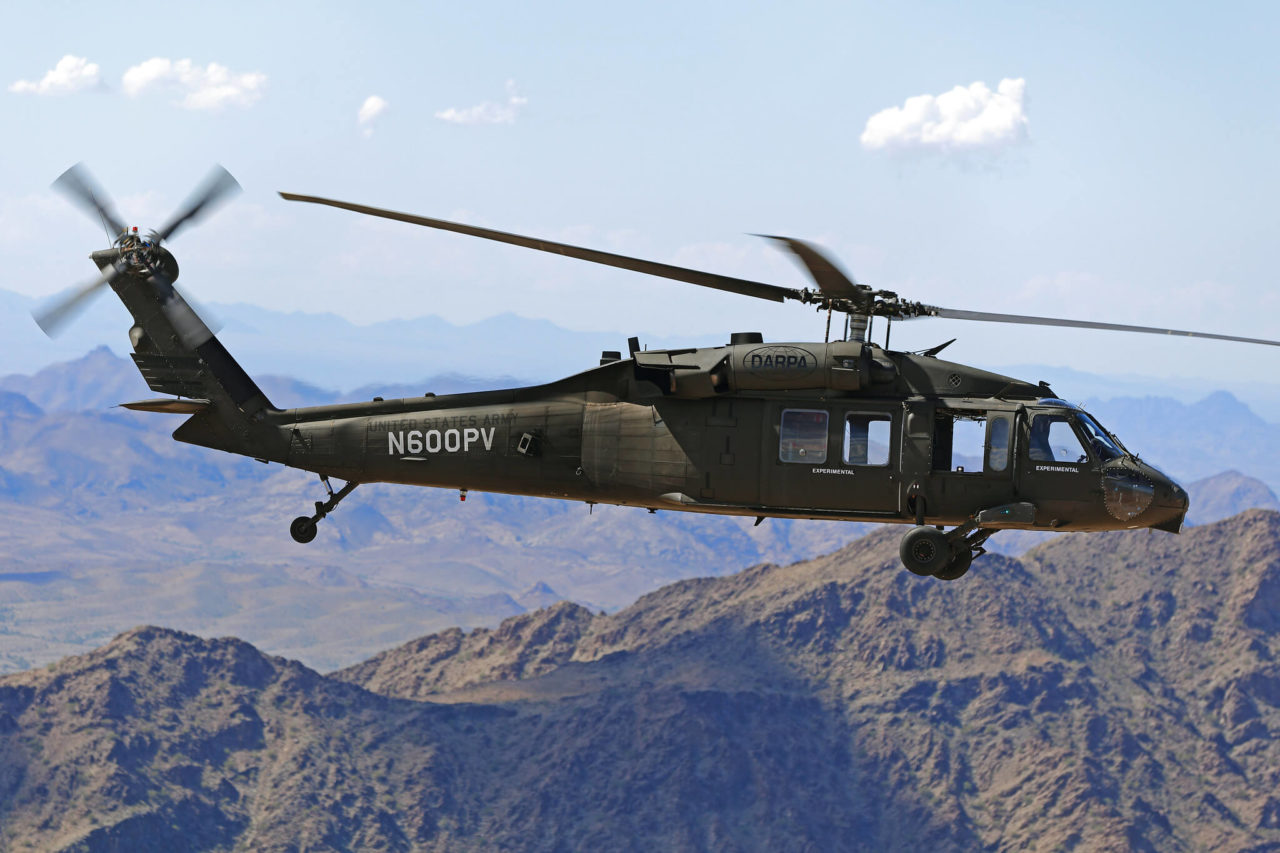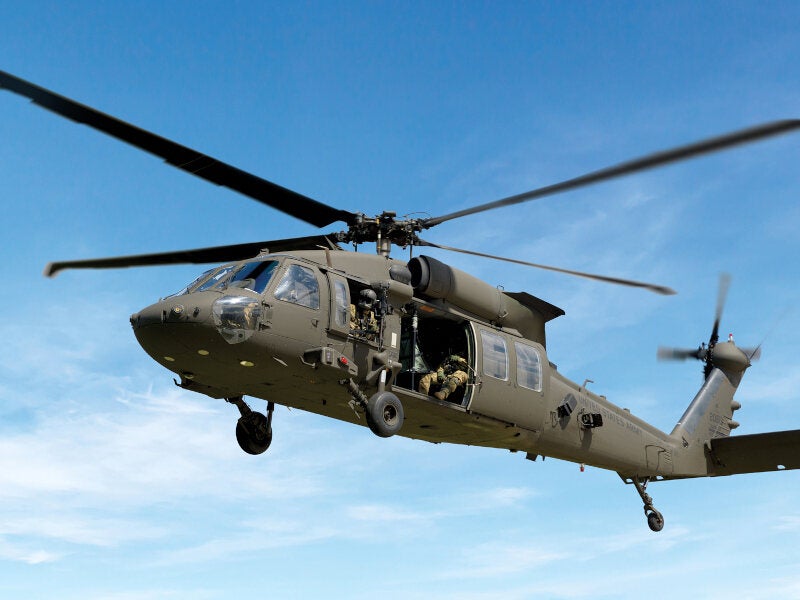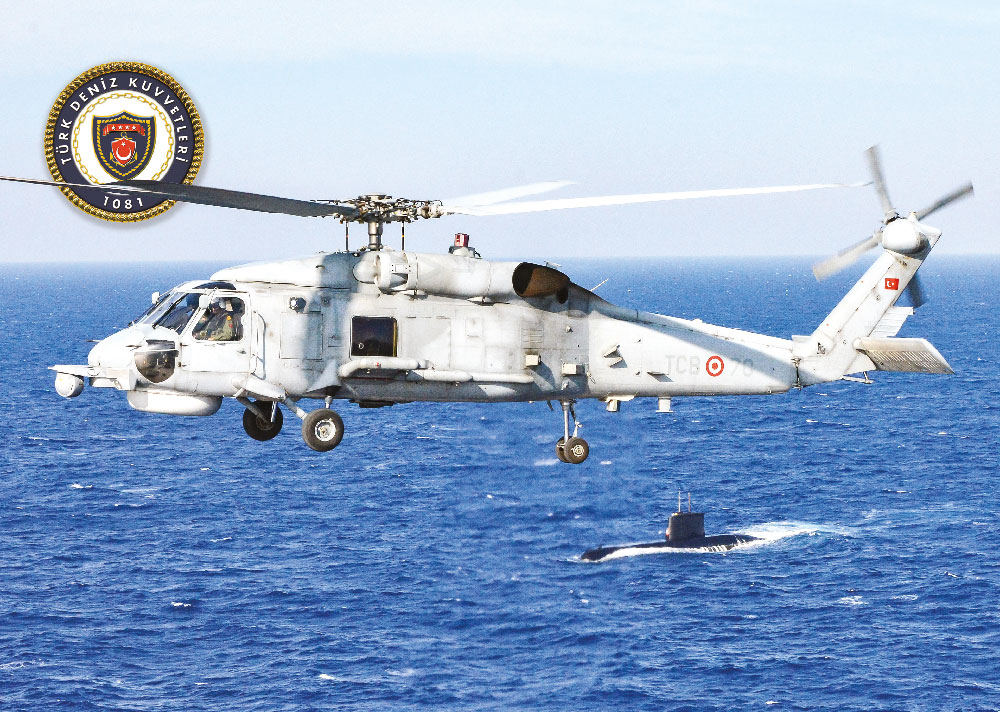How the Sikorsky S 70 Sticks Out in the Helicopter Market
How the Sikorsky S 70 Sticks Out in the Helicopter Market
Blog Article
High-Performance Multi-Role Rotorcraft Featuring Advanced Cabin Technologies and Integrated Sensor Solutions
The world of rotorcraft innovation has seen notable improvements in recent times, especially in the realm of high-performance multi-role rotorcraft equipped with cutting-edge cabin modern technologies and effortlessly integrated sensing unit systems. In the adhering to discussion, we will certainly check out the evolution of rotorcraft modern technology, dig into the world of advanced cabin developments, and examine the implications of incorporated sensor systems on the functional convenience and performance of modern rotorcraft.
Advancement of Rotorcraft Technology
The advancement of rotorcraft innovation has actually been marked by substantial developments in the rules of aerodynamics, materials, and propulsion systems, forming the capabilities and efficiency of modern-day rotorcraft. Aerodynamic renovations have boosted the efficiency and maneuverability of rotorcraft, permitting enhanced rate, dexterity, and stability during trip (sikorsky s 70). Innovations in materials, such as the usage of composite products and advanced alloys, have brought about lighter yet stronger rotorcraft structures, enhancing total performance and toughness. Additionally, innovations in propulsion systems, including much more effective engines and cutting-edge propulsion technologies, have allowed rotorcraft to attain greater elevations, faster speeds, and higher hauls.
These advancements have not only changed the abilities of rotorcraft however have also increased their applications throughout different markets, including military, industrial, and emergency situation solutions. The continual development of rotorcraft innovation remains to drive innovation in the field, pressing the boundaries of what is possible and shaping the future of vertical trip.
Advanced Cabin Innovations
Building upon the fundamental innovations in the rules of aerodynamics, materials, and propulsion systems, the world of rotorcraft technology currently changes emphasis in the direction of introducing Advanced Cockpit Innovations. The assimilation of advanced modern technologies within the cabin setting plays an important function in enhancing the operational abilities, safety, and efficiency of modern rotorcraft. sikorsky s 70. Advanced Cabin Innovations encompass a vast range of attributes developed to give pilots with improved situational awareness, structured data management, and instinctive control user interfaces
Among the key improvements in cockpit layout is the application of glass cockpits, which replace standard analog determines with high-resolution screens. These electronic systems provide adjustable formats, real-time data integration, and boosted readability, allowing pilots to accessibility crucial information at a look. Advanced avionics systems, such as fly-by-wire controls and augmented fact screens, are reinventing just how pilots interact with the airplane, permitting for accurate control and improved decision-making capabilities.


Incorporating sophisticated cabin technologies not just boosts pilot efficiency but also adds to overall mission performance and safety in complex operational environments. By leveraging cutting edge technologies within the cockpit, rotorcraft makers are establishing new requirements for operational excellence and objective success.
Integrated Sensor Systems
With the evolution of rotorcraft modern technology, the assimilation of innovative Integrated Sensor Equipment has ended up being paramount in boosting functional efficiency and security. These Integrated Sensing unit Systems encompass a broad array of modern technologies that supply important data for various features such as navigating, monitoring, targeting, and environmental surveillance. By seamlessly incorporating sensors like radars, video cameras, lidar, and infrared systems right into rotorcraft, operators can gain great post to read from enhanced situational recognition, boosted goal capacities, and minimized pilot work.
One secret advantage of Integrated Sensing unit Equipments is their capacity to gather real-time information and provide actionable insights to pilots and goal drivers. Advanced radar systems can discover and track targets over long ranges, enabling for early threat detection and efficient feedback preparation. In addition, incorporating electro-optical and infrared electronic cameras enables rotorcraft to perform reconnaissance and monitoring objectives with precision and precision.
Fundamentally, the assimilation of sophisticated sensing unit modern technologies into rotorcraft not just boosts operational efficiency however also adds significantly to overall objective success and staff safety. As rotorcraft remain to advance, the role of Integrated Sensing unit Equipment will unquestionably stay at the leading edge of technology in the aerospace industry.
Functional Adaptability and Efficiency
Enhancing operational versatility and effectiveness this page in rotorcraft is a natural development from the integration of sophisticated Integrated Sensor Equipments. By leveraging the insights and data offered by these innovative sensing unit systems, rotorcraft can enhance their efficiency throughout different missions and environments.
Functional convenience encompasses the capacity of rotorcraft to adapt to different duties and situations successfully. With sophisticated cockpit innovations and integrated sensor systems, rotorcraft can flawlessly transition between jobs such as search and rescue, medical evacuation, monitoring, and extra. This versatility enhances the rotorcraft's capability to fulfill varied functional demands without requiring extensive reconfiguration.
Performance in rotorcraft operations is essential for making the most of goal performance and source use. Integrated sensing unit systems play a pivotal duty in enhancing operational efficiency by offering real-time information on climate condition, surface mapping, target monitoring, and more. This data allows pilots to make educated decisions quickly, maximize trip courses, preserve fuel, and improve total mission efficiency.
Effect On Modern Aeronautics Operations

Furthermore, the integration of sophisticated sensors promotes boosted objective planning and implementation, enabling rotorcraft to perform a large range of jobs with boosted accuracy. From search and rescue procedures to aerial firefighting and police objectives, the abilities of modern-day rotorcraft outfitted with innovative cabin technologies and integrated sensor systems are unparalleled.
In addition, the impact of these improvements expands beyond functional performance to cost-effectiveness and sustainability. By enhancing trip paths, fuel usage, and maintenance routines, high-performance rotorcraft equipped with sophisticated cabin modern technologies and sensors add to decreasing functional prices and ecological effect, making them indispensable assets in modern aviation operations.
Conclusion
In conclusion, the high-performance multi-role rotorcraft with sophisticated cabin technologies and integrated sensor systems represents a substantial development in aviation technology. These developments improve functional versatility and effectiveness, ultimately influencing modern-day aviation operations in a favorable means. The integration of these innovative modern technologies permits improved capabilities and efficiency in various mission scenarios, showcasing the proceeded development of rotorcraft modern technology in the aeronautics sector.
The world of rotorcraft innovation has seen noteworthy developments in recent times, specifically in the world of high-performance multi-role rotorcraft equipped with cutting-edge cabin technologies and effortlessly integrated sensor systems. From improved objective adaptability to enhanced functional performance, the convergence of advanced cabin technologies and incorporated sensing unit systems has actually ushered in a new period of opportunities for rotorcraft applications. In the following conversation, we will explore the evolution of rotorcraft modern technology, dig into the realm of advanced cabin technologies, and examine the implications of incorporated sensor systems on the operational versatility and performance of contemporary rotorcraft.

Report this page